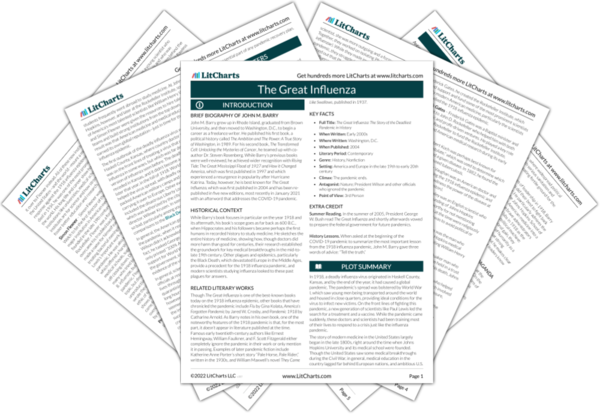The lack of death toll records dovetails with the lack of pandemic mentions in early 20th century literature, once again raising questions about how history is remembered. Though Barry laments the lack of information, he isn’t necessarily criticizing places like rural India, which were overwhelmed by the virus and had little opportunity or ability to prepare.
